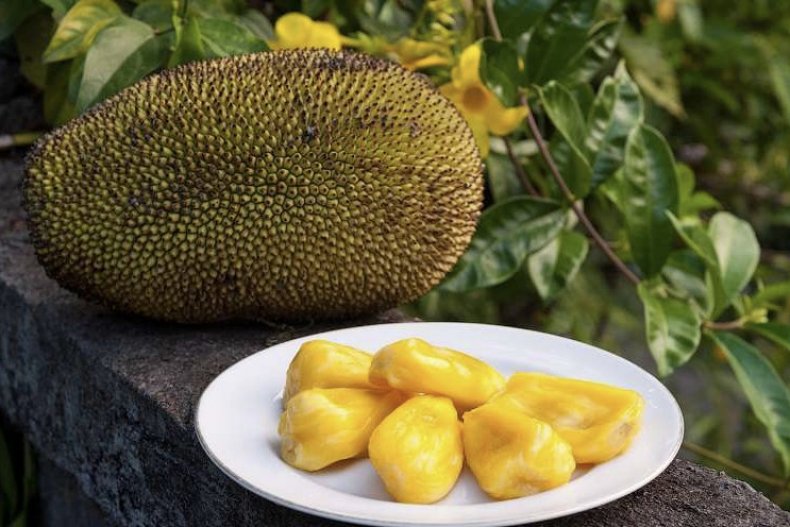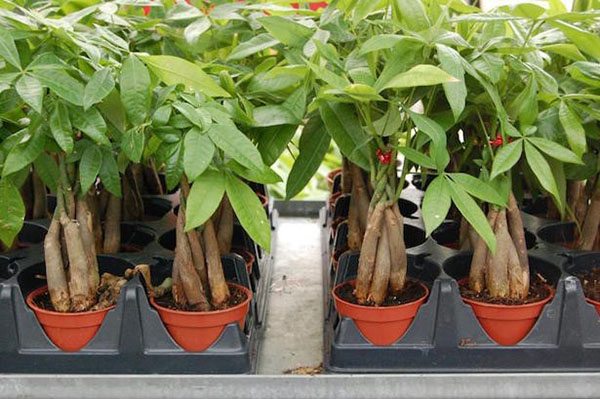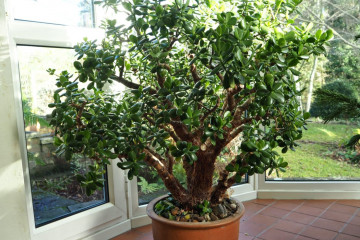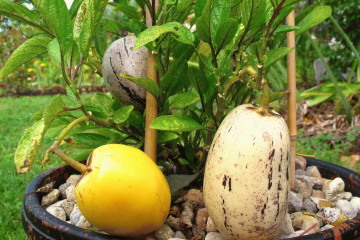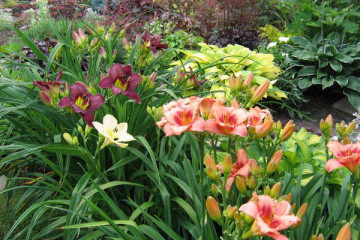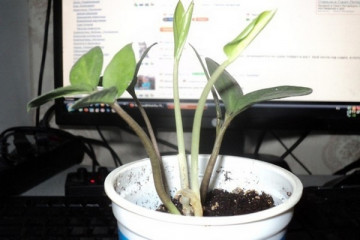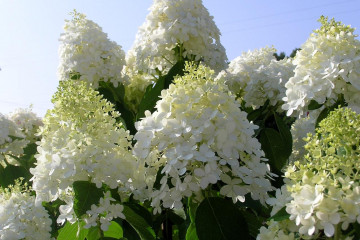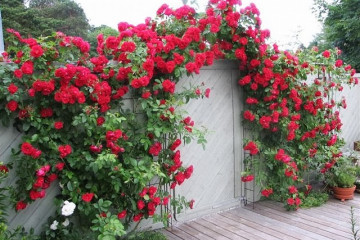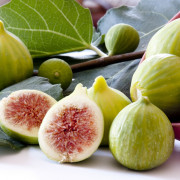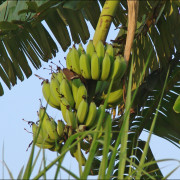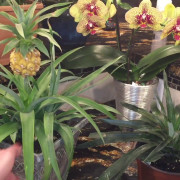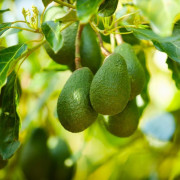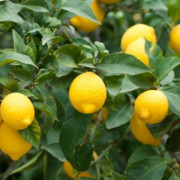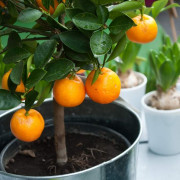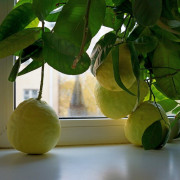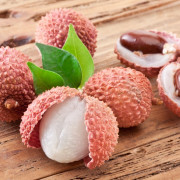The breadfruit tree - where it grows and why it is called that
Content:
An exotic plant called "breadfruit" has unusual fruits. They are very large in size and sweet, but at the same time, when cooked, they completely change their taste. The plant is also called the monkey breadfruit. Perhaps the monkeys also feasted on these fruits, but it is known that the Polynesian aborigines were the first to use them instead of bread.
Breadfruit or jackfruit
Breadfruit can also be called jackfruit in another way. The tree belongs to the mulberry family and grows in the tropics. They learned to use it long ago, and now there is an active spread of exotic throughout the world.
Why is it called so
Back in the 17th century, tribes in Polynesia used jackfruit instead of bread. After a severe famine began in Jamaica, the country's authorities decided to grow breadfruit throughout the country.
The famous ship "Bounty" was sent on this mission to the island of Tahiti, from where the team had to load the plant seedlings. However, the project failed, a riot arose on board, and the ship never showed up at its destination.
It was after these events that the unusual exotic plant first began to be called "bread".
Breadfruit
Ripe yellow-brown fruits are very large, weighing 3 kilograms each, look like large pears and reach up to 30 centimeters in length.
The inside of the fruit is white soft flesh, the bones are also white. One tree can produce nearly 200 fruits in an entire season. The fruits are eaten in different forms.
The benefits of the fruits are great: they can be baked, boiled or dried in the form of crackers. Pancakes, pancakes and pastries are made from their pulp.
Description of the taste of breadfruit
The taste of raw breadfruit is very sweet, reminiscent of ripe very sweet melon and banana.
But fried fruits taste like regular baked potatoes.
Where does the breadfruit grow
Jackfruit grows in the tropics of East Africa, East Asia, and the Philippines. It is rarely found in India, where it is a very popular and valuable fruit. However, scientists consider New Guinea to be the birthplace of jackfruit.
What does a breadfruit look like
The breadfruit is an exotic plant with large oval and pear-shaped fruits.
The tree is very tall, in natural nature it grows up to 25 meters in height. Its appearance resembles an oak, with a smooth gray bark. The branches can be both thick and thin, at the ends of which there is bundle-shaped foliage. The leaves have different shapes: old leaf plates are whole, and young ones are dissected.
How to grow a breadfruit from a bone at home
To grow jackfruit at home, it is important to maintain regular watering and high humidity levels. The tropical plant does not like high temperatures and dry climates. Cold temperatures and freezing temperatures are also bad for healthy growth. In the northern regions of Russia and Siberia, the plant will not take root and will not grow.
It is better to grow jackfruit in a special cabinet called "Growbox". The unusual-named structure is a small greenhouse, with ideal conditions for the growth of exotic plants. It will save you a lot of time and make care easier.
Growing a breadfruit from seeds
The description of how to grow jackfruit from seeds at home is not complicated, like the growing process itself.
It is necessary to constantly moisten the soil in the pots. As soon as 4 leaves appear on the ascended trunk, the seedlings are transplanted into more spacious containers.
Planting and caring for a seedling in a pot
When transplanting seedlings into new containers, it is important to act carefully so as not to damage the root system. A hole is dug out based on the diameter of the roots. Carefully place the bush in the hole and cover it with earth.
It is better to buy the substrate for planting in specialized stores. You can cook it yourself by mixing fertile soil with a little compost and sand. In order for the bush to grow and develop quickly, it must be regularly watered and ventilated.
During flowering, pollination must be done by hand. The reason is that the origin of the tree is not local. In its natural environment, the plant is pollinated by insects, which are called fruit bats, and they are not found in mid-latitudes. With a small wide brush, they collect pollen and distribute it to flowers collected in a brush.
After six months of its active growth, the bush will need pruning to form the crown. It is required in order to stop the growth of shoots, otherwise the tree will not form normally and will not be able to bloom and bear fruit.
Conditions for the successful growth of a breadfruit tree at home
It is not difficult to grow a breadfruit, the main thing is to create and maintain the necessary conditions:
- fertile and loose soil;
- temperature is not lower than 5 degrees and not higher than 35 degrees;
- high air humidity;
- constant soil moisture.
As soon as the bush increases in growth, it is necessary to transplant into larger pots. If it is not transplanted on time, growth stops, the ground part fades and fades.
Such signs often puzzle gardeners and florists, they do not understand why the plant does not develop. The roots begin to press on the soil, and it hardens, the plant has nowhere else to take nutrients.
The plant called the breadfruit can grow in northern latitudes. Despite the fact that its harvest will not be as rich as at home, it can delight with juicy and healthy fruits almost all year round.

